Waterloo Battlefield
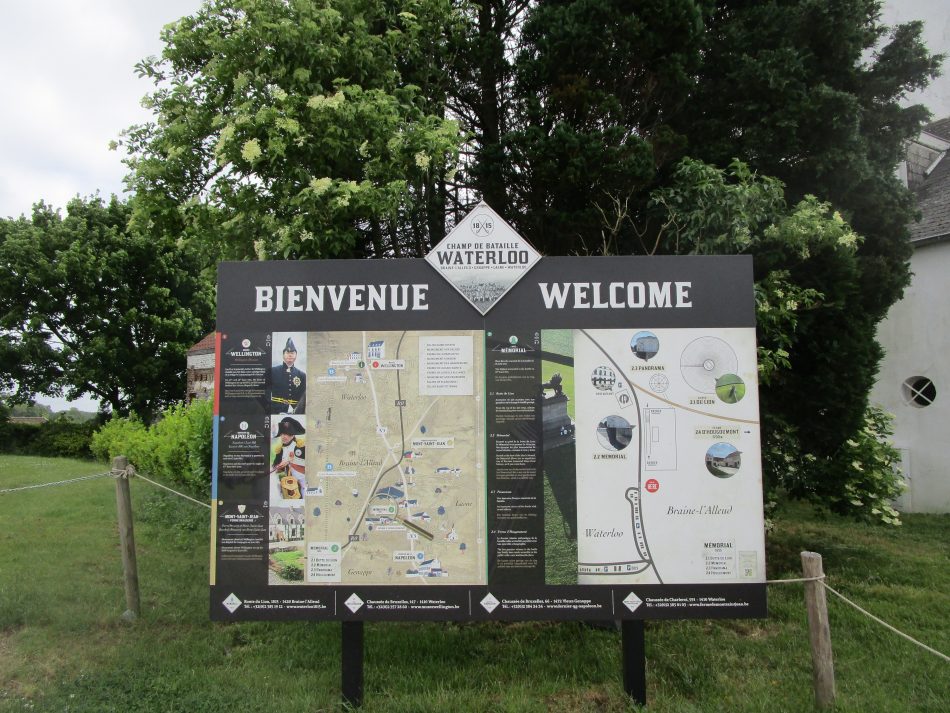
By Robert Kelly
Part 3 of our Grand Tour of Europe brought us to Brussels. Every other week we would check for cheap Ryanair fares from our Forward Operating Base in Aarhus, Denmark. Once we found a destination that looked interesting, we would also check for reasonably priced hotels. Late May brought us to Brussels, a city I hadn’t visited since I was little. We happened to be there during Ascension Day (Kristihimmelfartsdag in Danish – my favourite sounding Danish holiday), which is a holiday in most European countries. With most places being closed, a trip to the Waterloo battlefield was the perfect outing.
Getting there from Brussels is quite easy. You take a train from the Central Station in downtown Brussels to Braine-l’Alleud, not Waterloo. The Central Station is an older and much smaller station, so it’s easy to find the right platform. It takes almost half an hour and only a few dollars. One thing that caused confusion was that the train would say next stop “Braine-l’Alleud” then a few seconds later would say a completely different stop.
We figured that it was the Dutch Belgian name for the next stop. We got off the train at Braine-l’Alleud and walked towards the battlefield. The sign pointed the way and said it would be about a 2.5-kilometer walk. We looked at each other and went to the nearby taxi stand. I asked in my best high school French for a ride to the battlefield and the driver immediately answered in English. It only cost about $8 USD for the ride and we took his phone number so that he could pick us up at the end of the day. There is nothing historic about the walk to the battlefield other than the fact that it’s called the Lion Route.
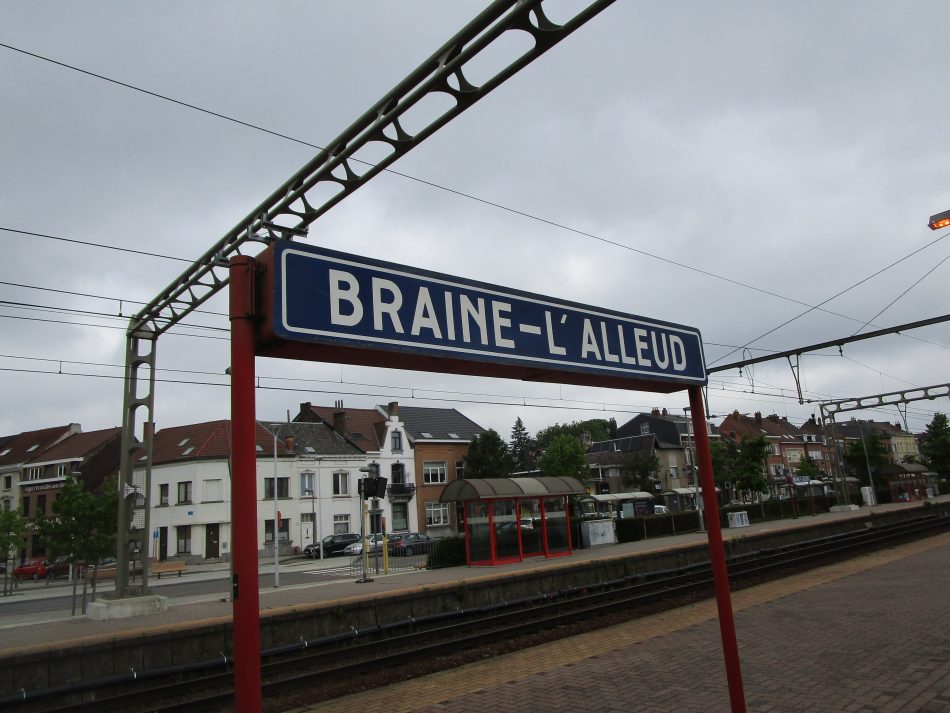
The Waterloo Battlefield has always been a bucket list destination. I’m sure that most European or British Napoleonic fans have been there at least once, but living in Canada, it’s quite the hike. The entrance fee was only about $17 USD, so it’s quite reasonable for a full day of entertainment.
The memorial of the battle of Waterloo 1815 – Official website
The walk to the Lions mound with the panorama to the lower left.
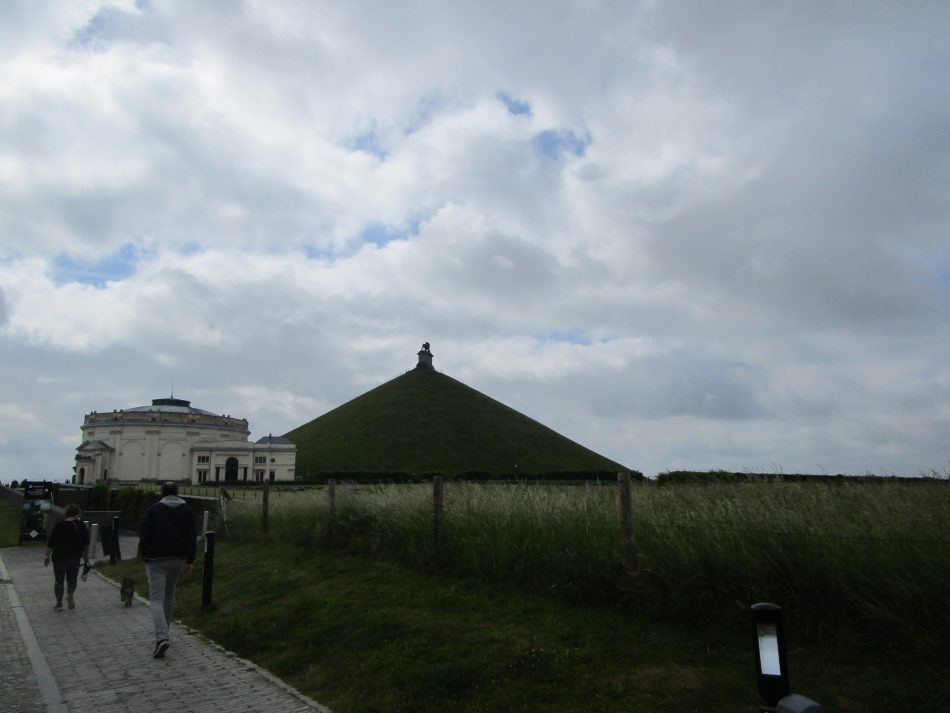
The mound was not part of the original battlefield. It was built in the late 1800’s. Some didn’t want it added to the original battlefield, but the vantage point it gives makes me glad they built it. There is a sign warning that some level of fitness is necessary to make it to the top, but I won’t make any gamer jokes here.
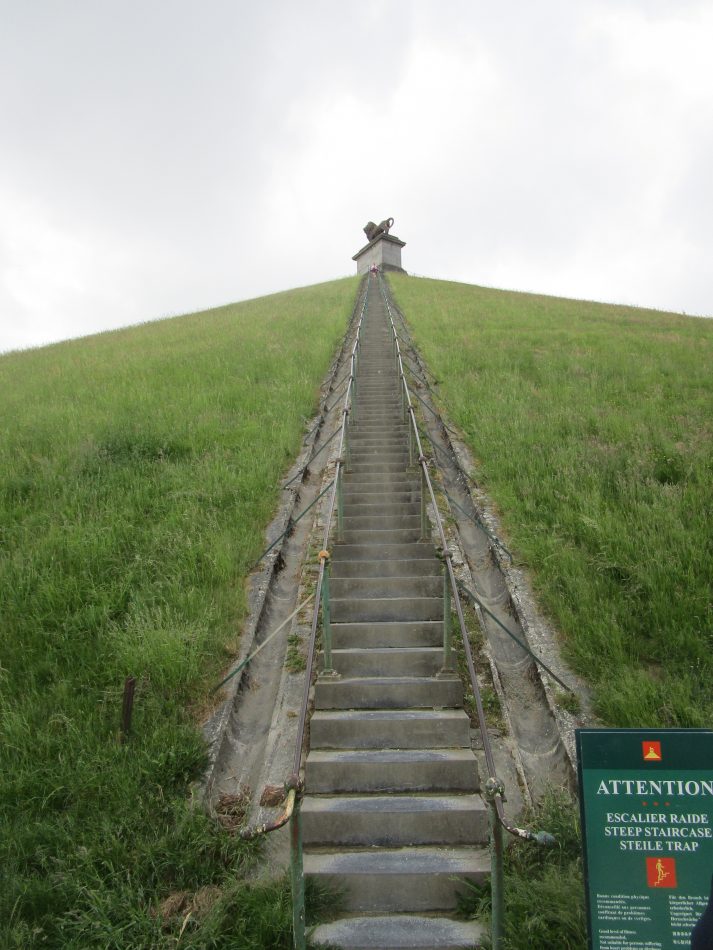
This is the view from the top of the mound with a metal map to help you orient yourself to the ground. It’s a view I thought I’d never see, but I was very glad to have made the trip.
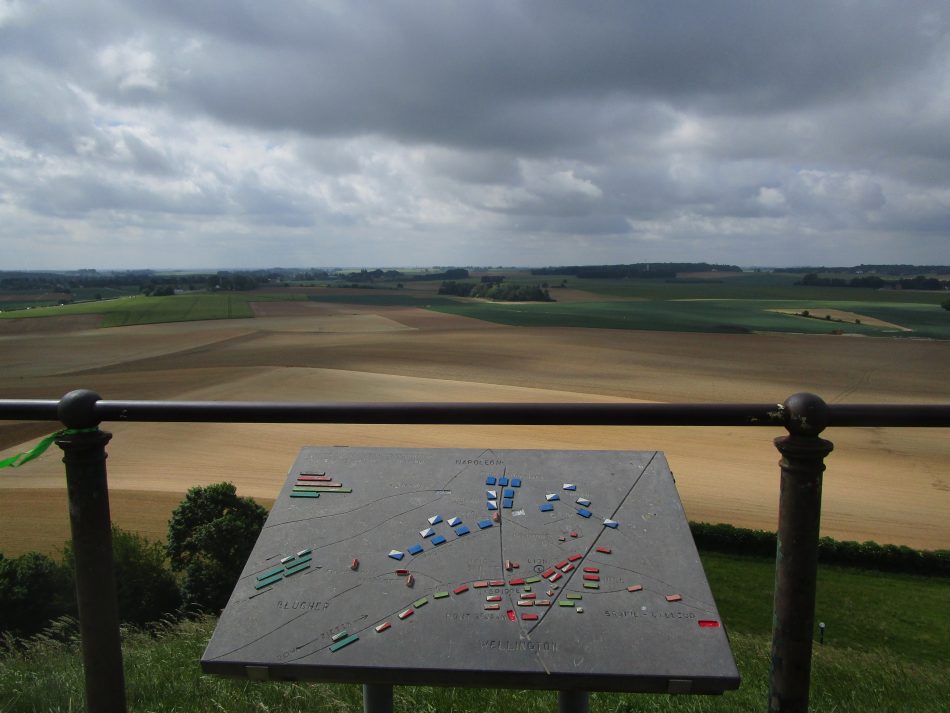
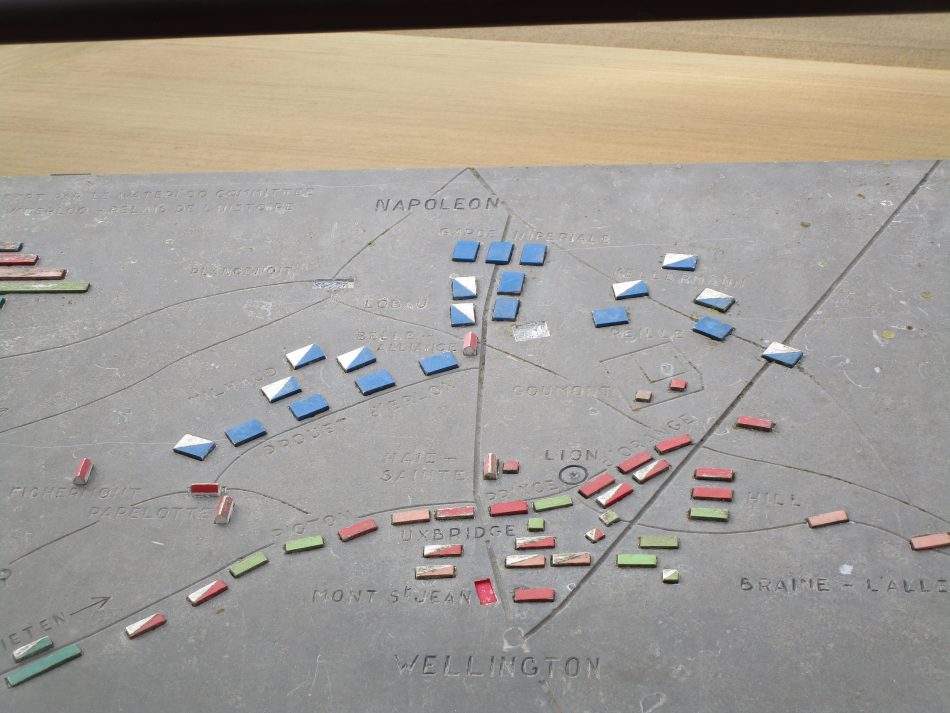
Here is La Haye Sainte as viewed from the mound. Unfortunately, its private property and battlefield tourists are discouraged. This is surprising. I would have thought it would be part of the battlefield and preserved for visitors. If you look a bit to the left of La Haye Sainte, you can see the local McDonalds, but then that’s the world we live in.
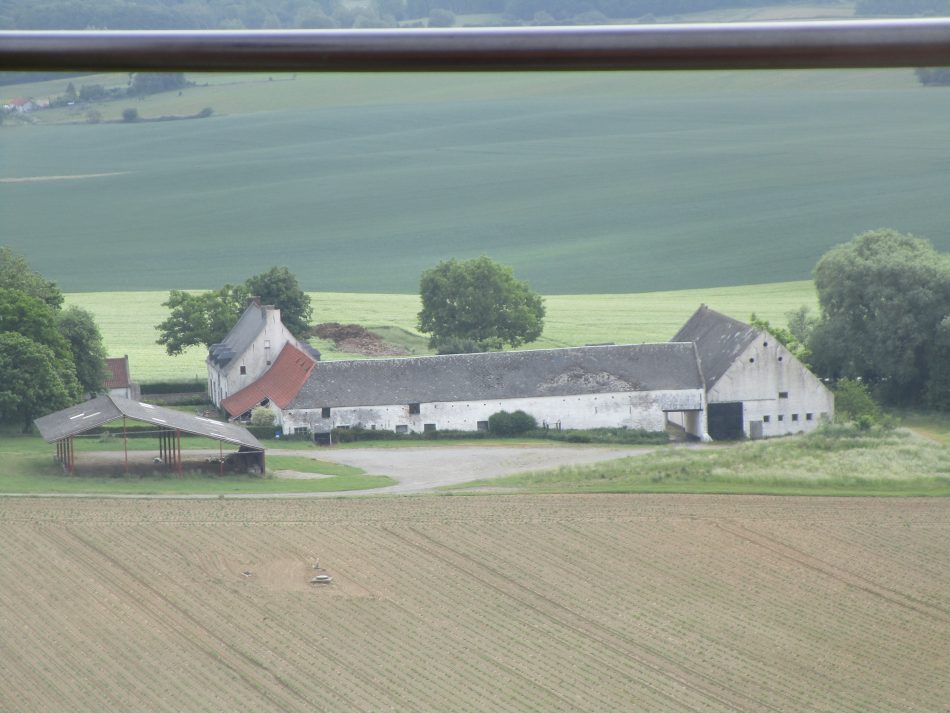
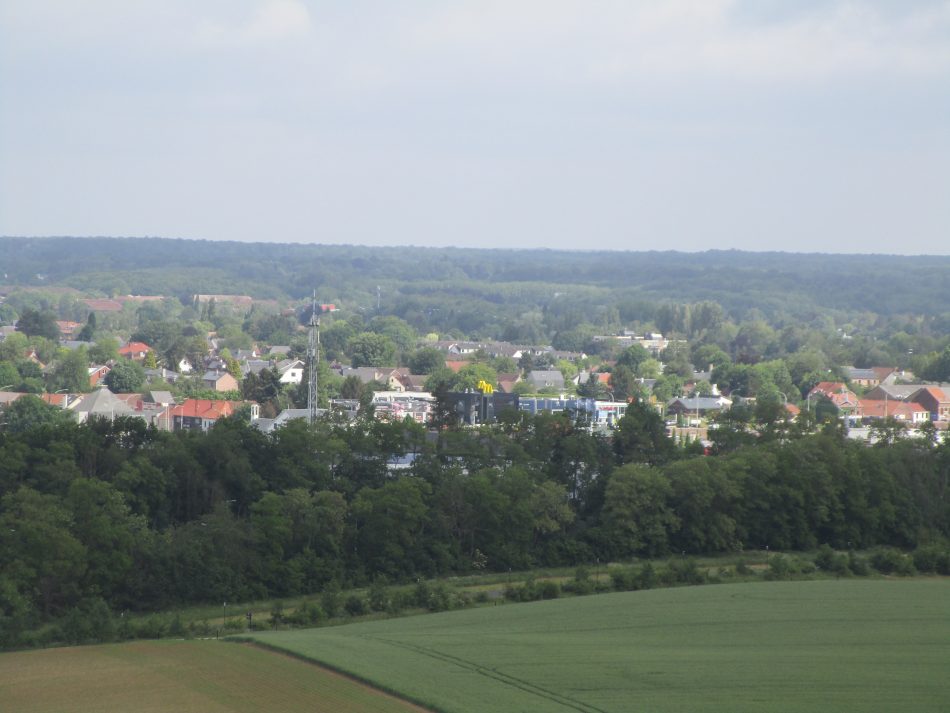
They had some re-enactors. All of them representing the French. This will be a recurring theme.
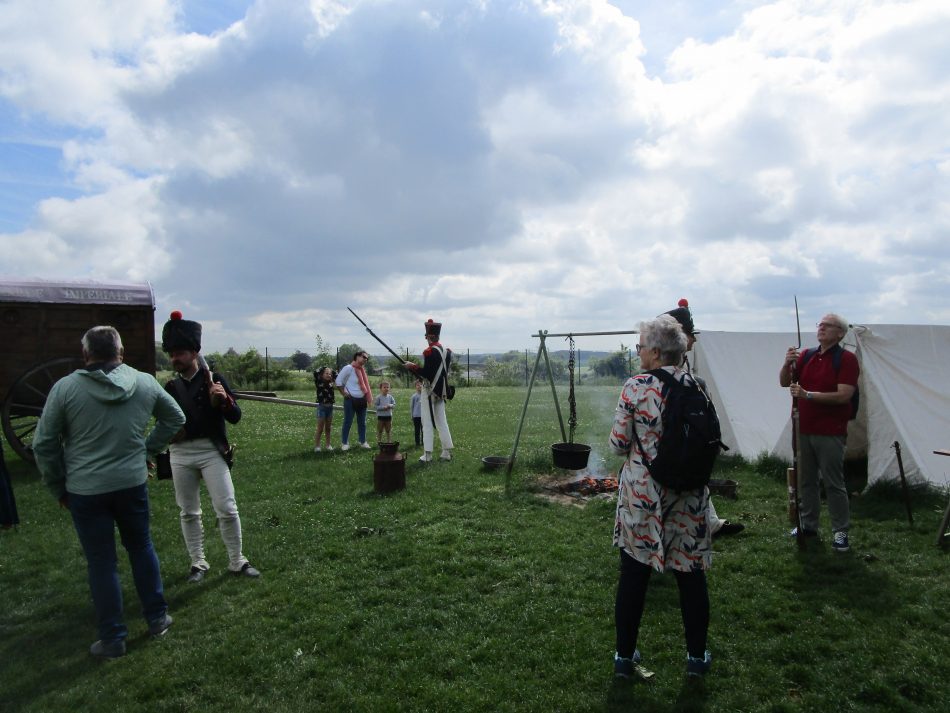
After climbing the mound (easily) we went over to the Panorama. It was painted and built in 1912 and measured 110 metres long and 12 metres high. It was very impressive.
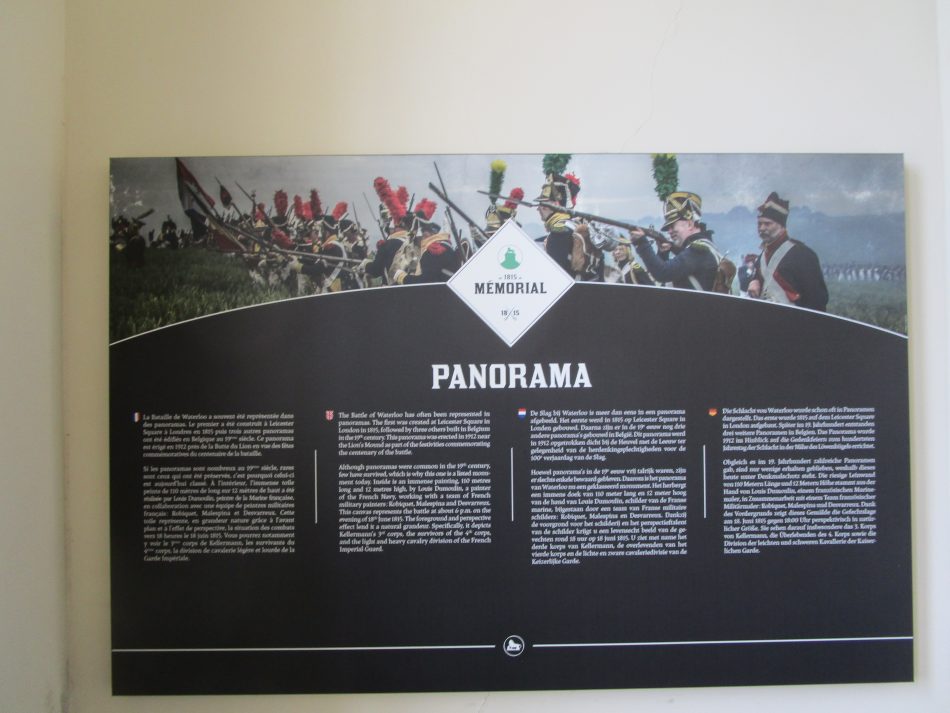
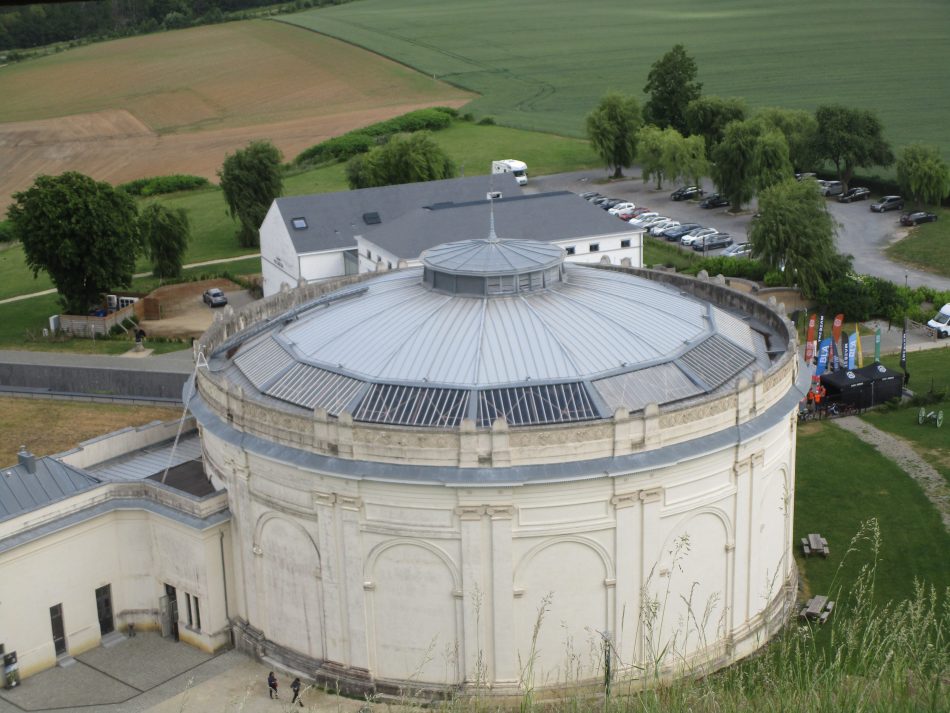
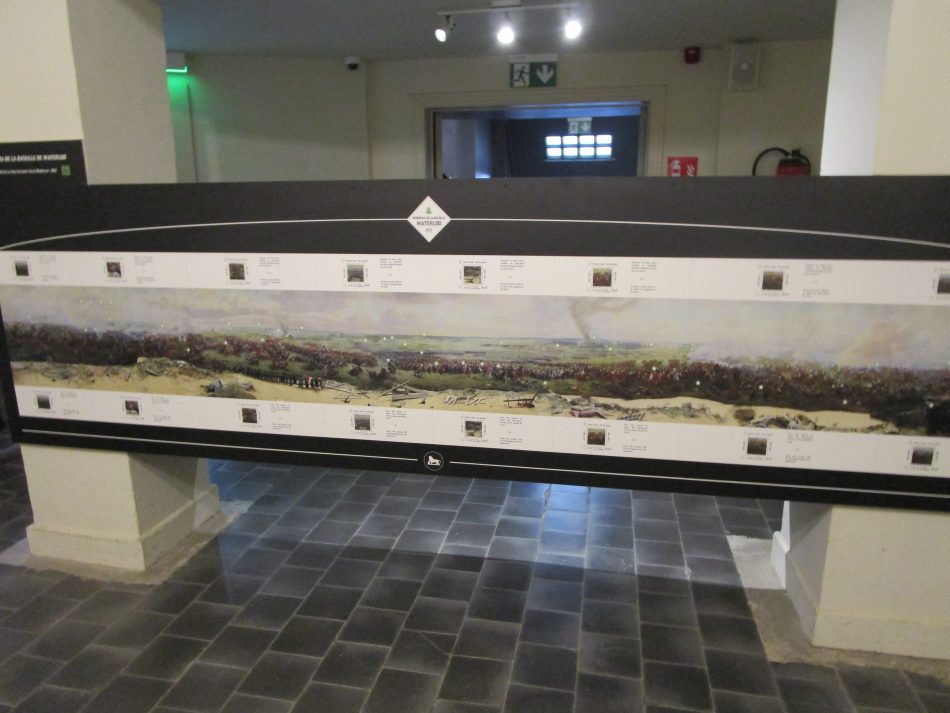
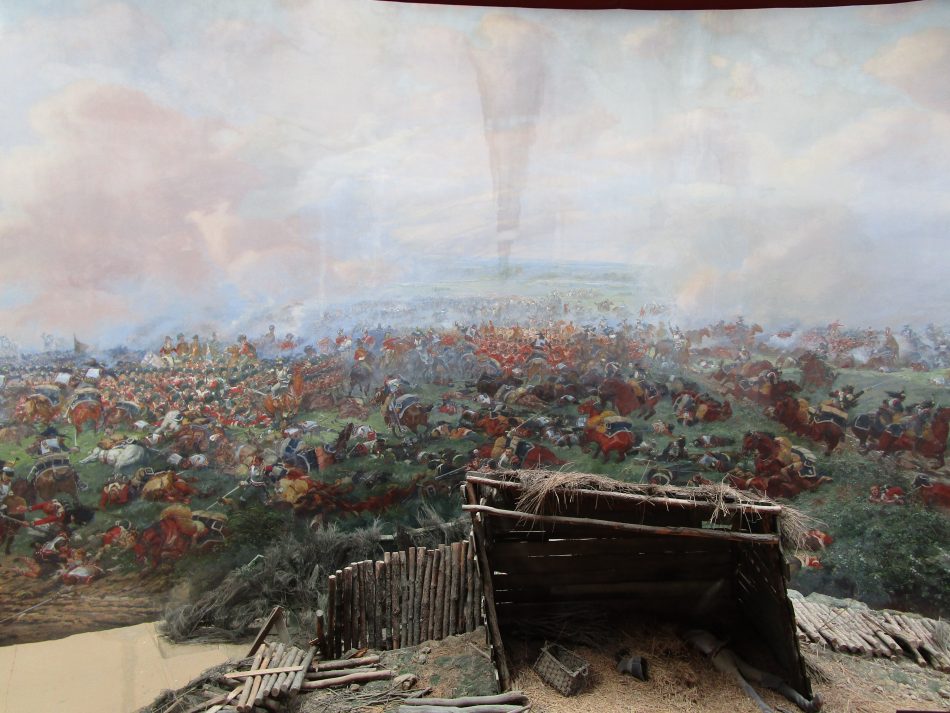
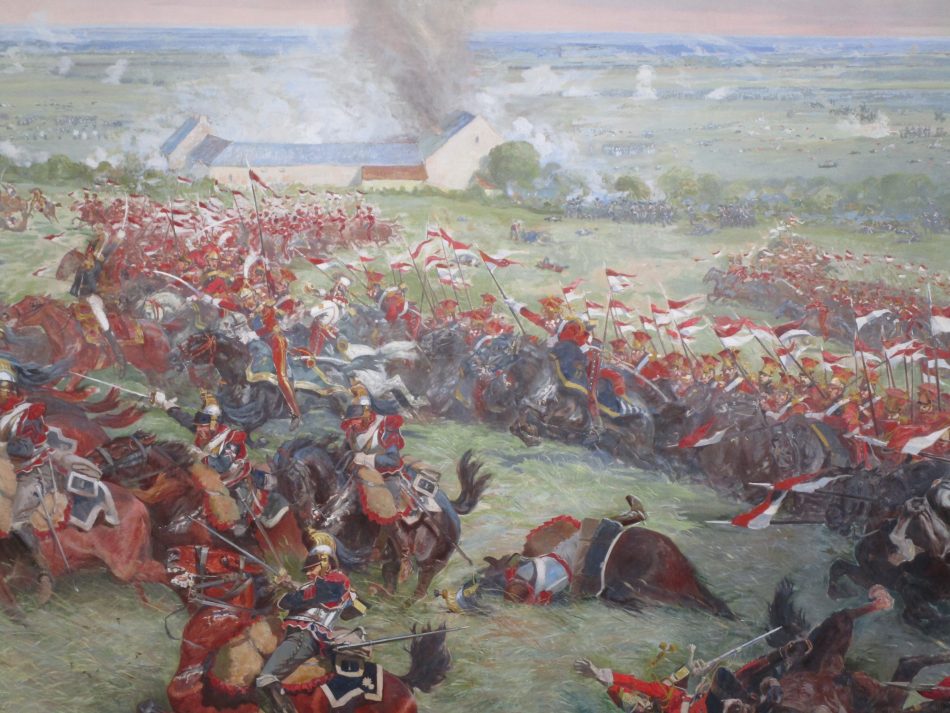

I then went back into the visitor centre in order to go to the museum. In the lobby they had a diorama of the battle.

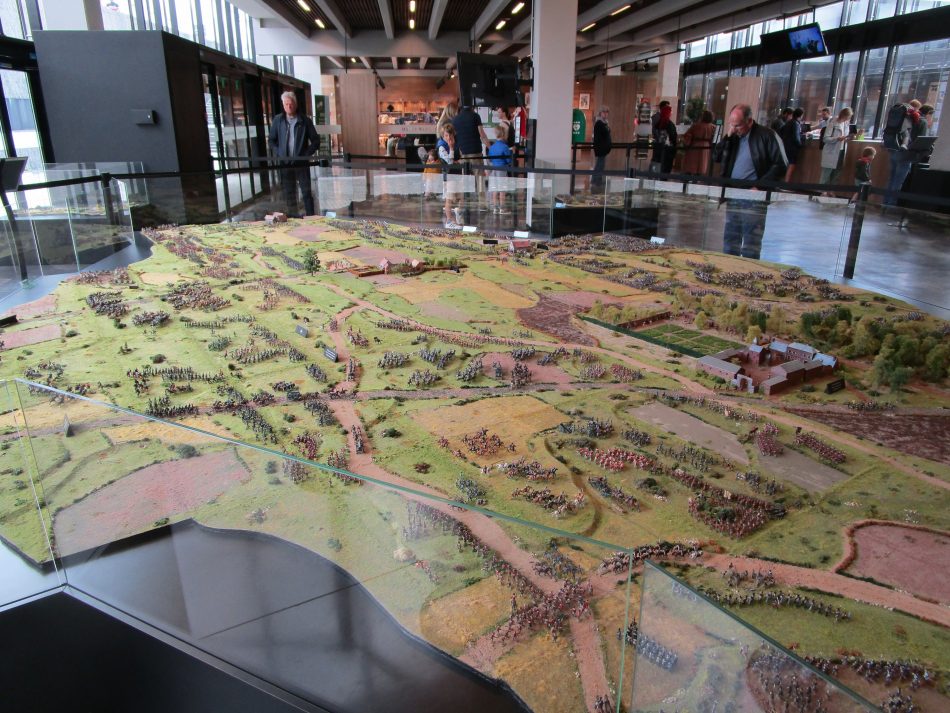
When you enter the museum there is an impressive walkway with marching troops on both sides. I wasn’t able to get a good shot of it in its entirety but took a few shots of both sides. They show a variety of uniforms from the two armies. It’s very impressive when viewed in person.


The French council of war.
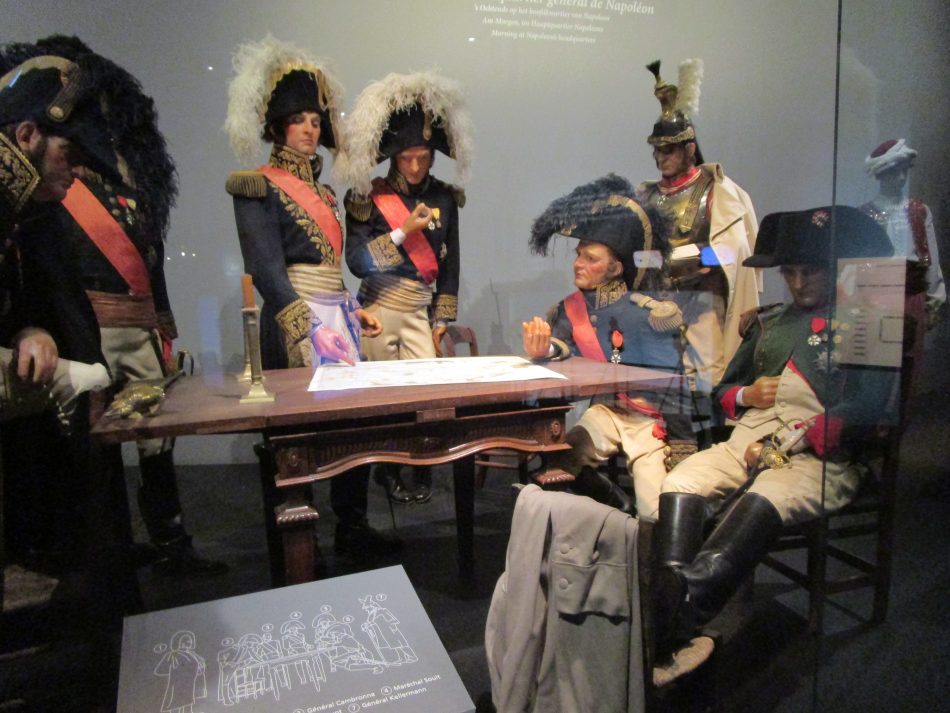
There was a small theatre in the museum showing a 4D film of the battle. The best part was the cavalry charge that went into the audience. It wasn’t particularly frightening, but it was entertaining. You then give back your headsets where they are handed out to the next visitors without any disinfecting.
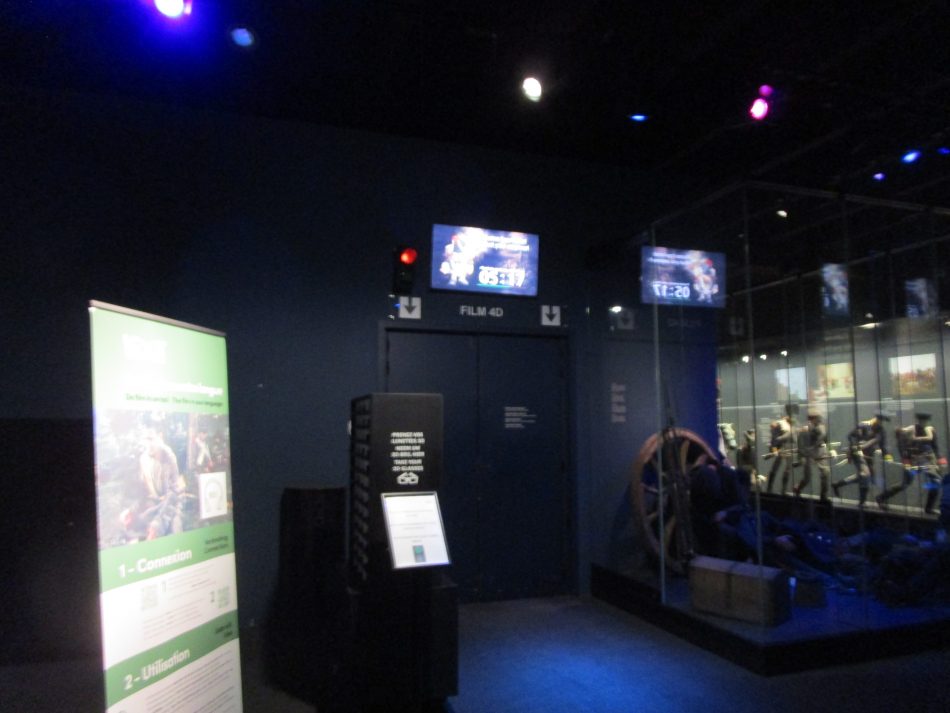
I’m not sure if that’s the original hat or not.
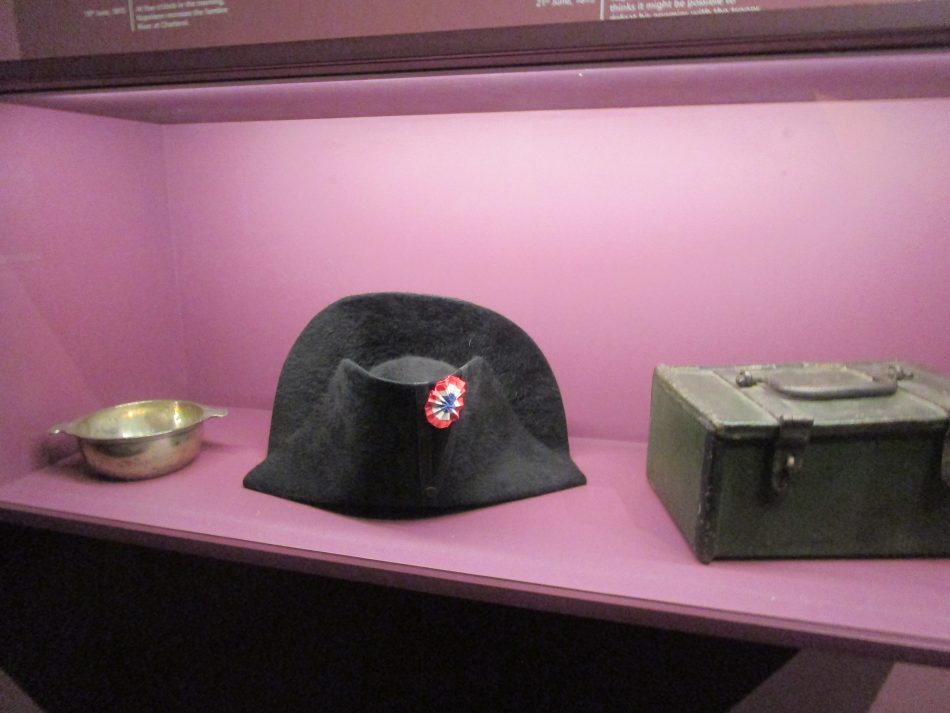
The British dining table from before the battle.
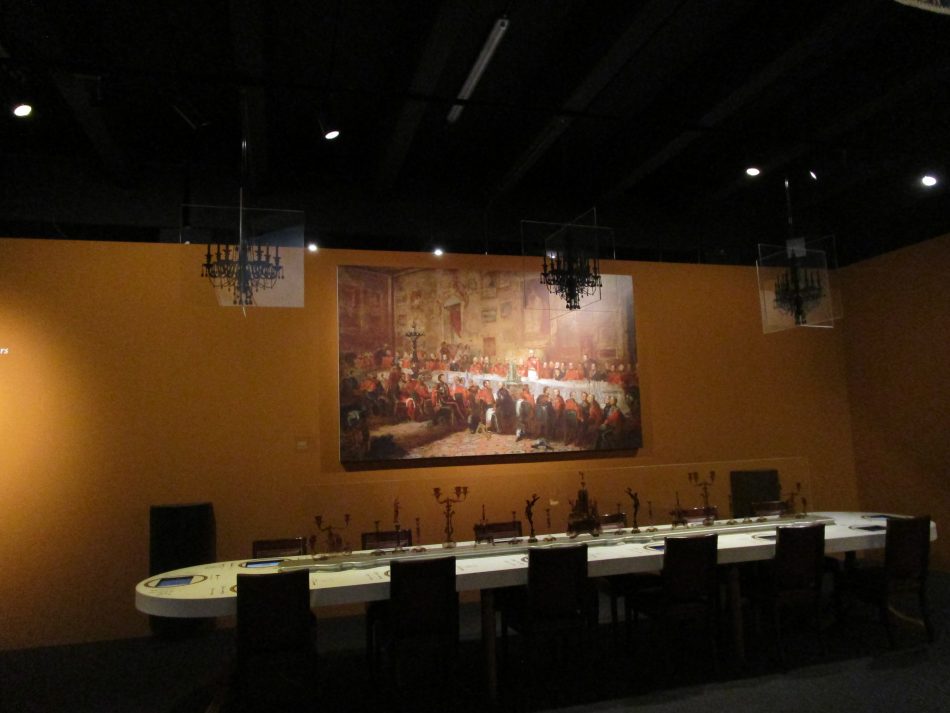
They had an interesting interactive display of an air balloon looking over the battlefield.
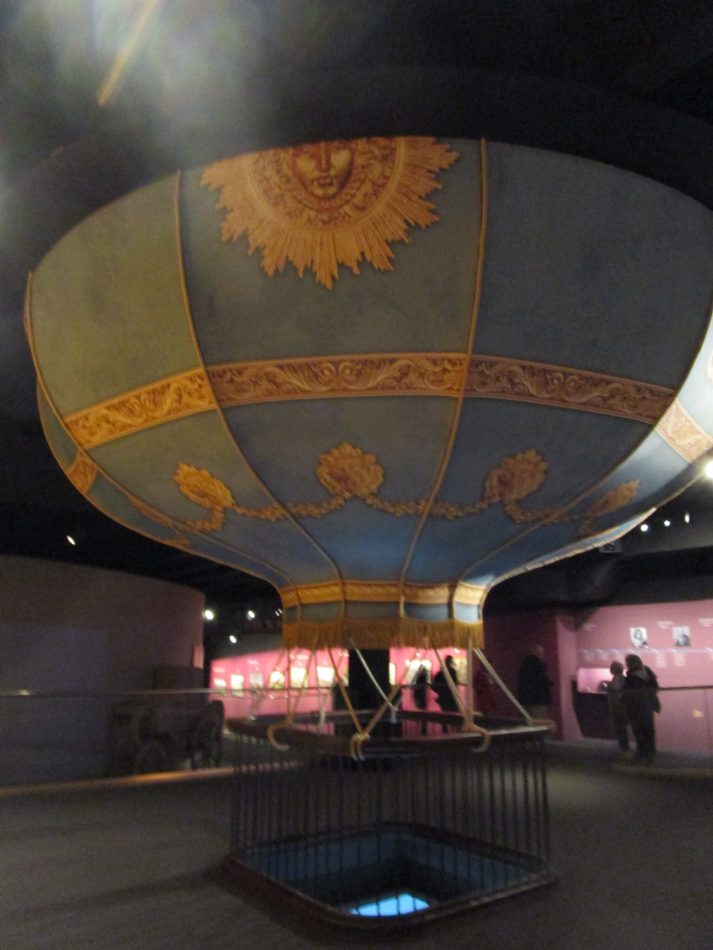
This is the computerized view that it showed.
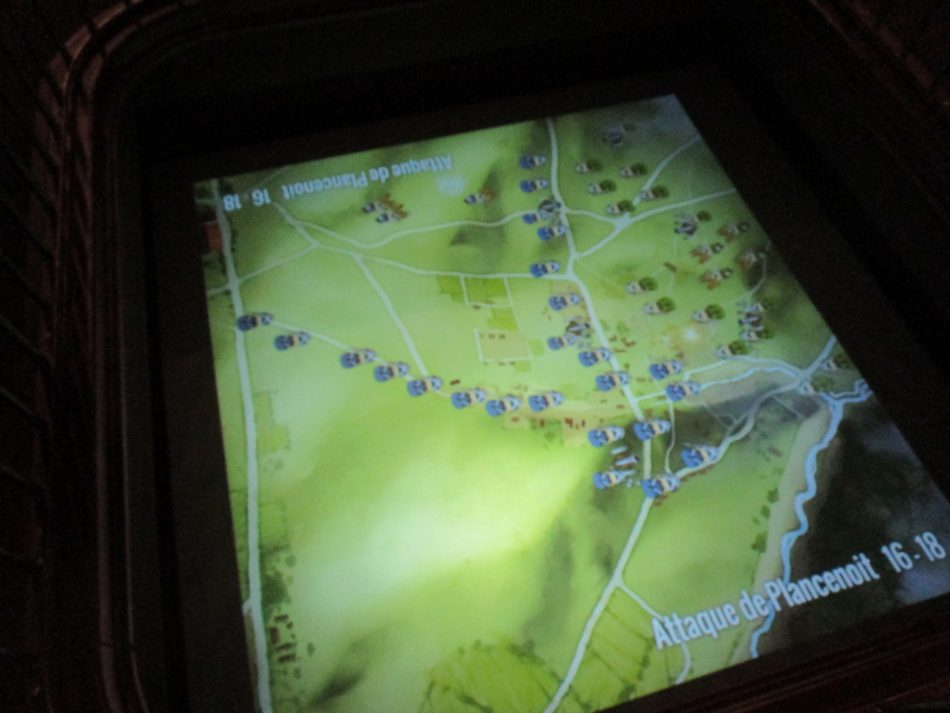
The battlefield was well marked by these signs in multiple languages.
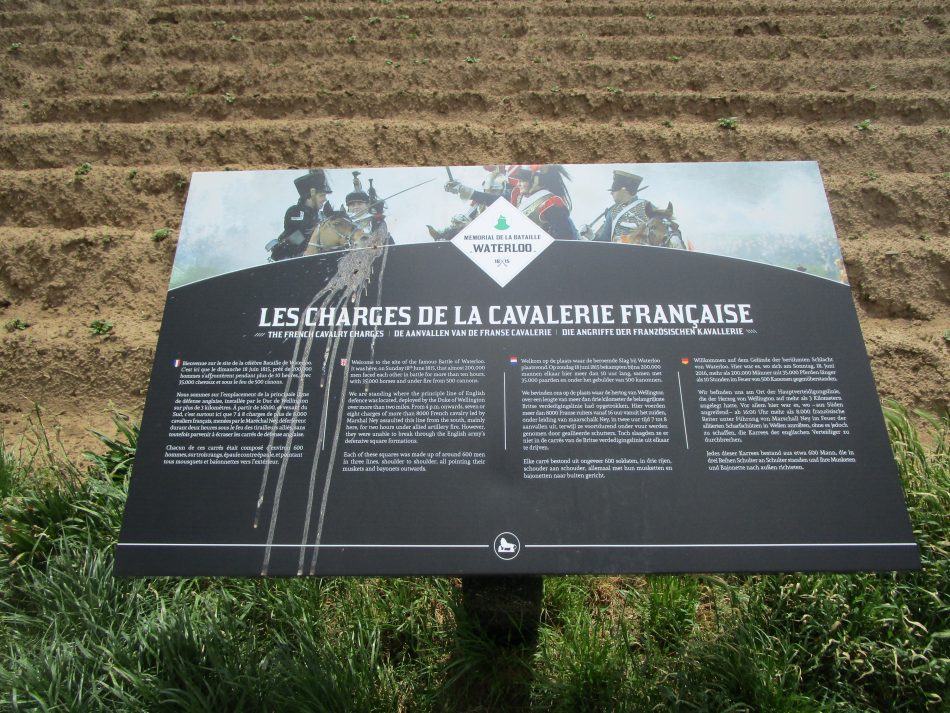
Here is my obligatory salute to the artillery. Ubique. Ubique is the Royal Artillery’s battle honour. It means “Everywhere” in Latin as a listing of every battle where the artillery was present would be too long.
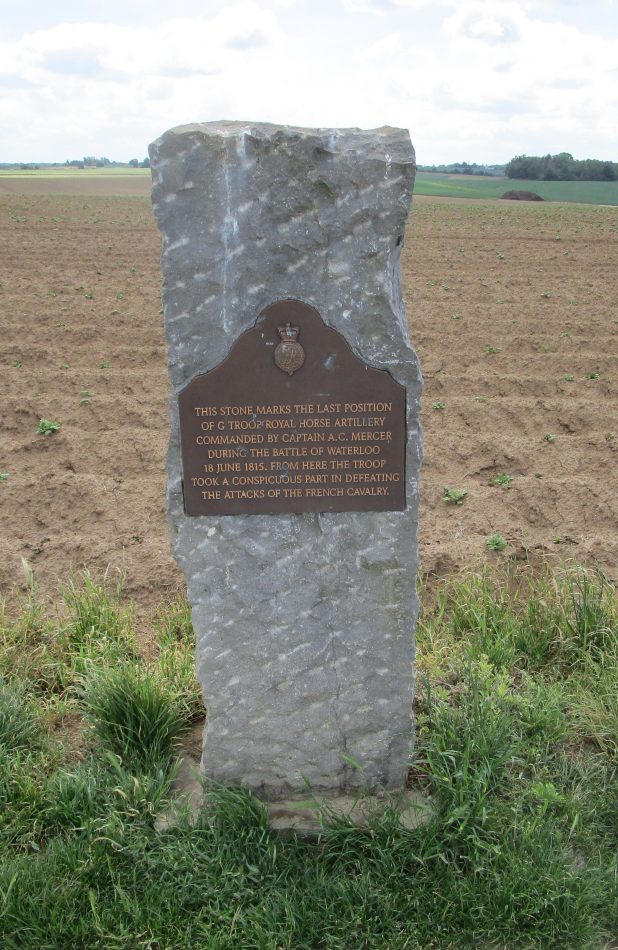
This is the view from the British right flank of the battlefield towards the centre of the British line. Notice how well concealed the British infantry would have been.
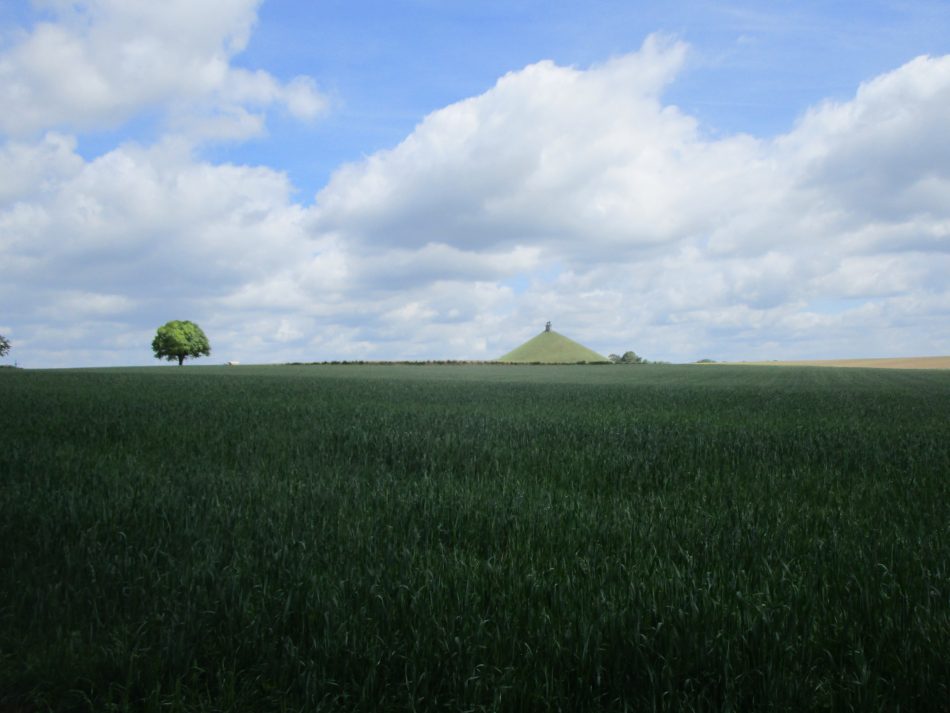
As it was a holiday, we were fortunate that the Hougoumont farm was open to visitors. Most days its closed. Here is one of the walls on the way to the back gate. The second shot was taken from a hole in the wall looking towards the main farm complex.
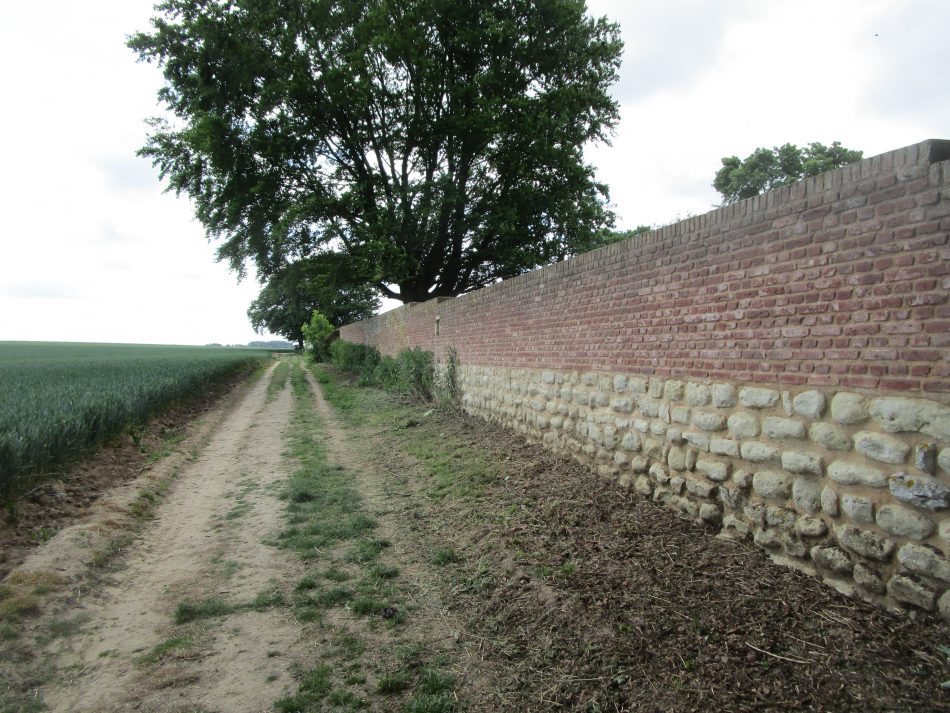

The back gate that was successfully defended by the British Coldstream Guards.
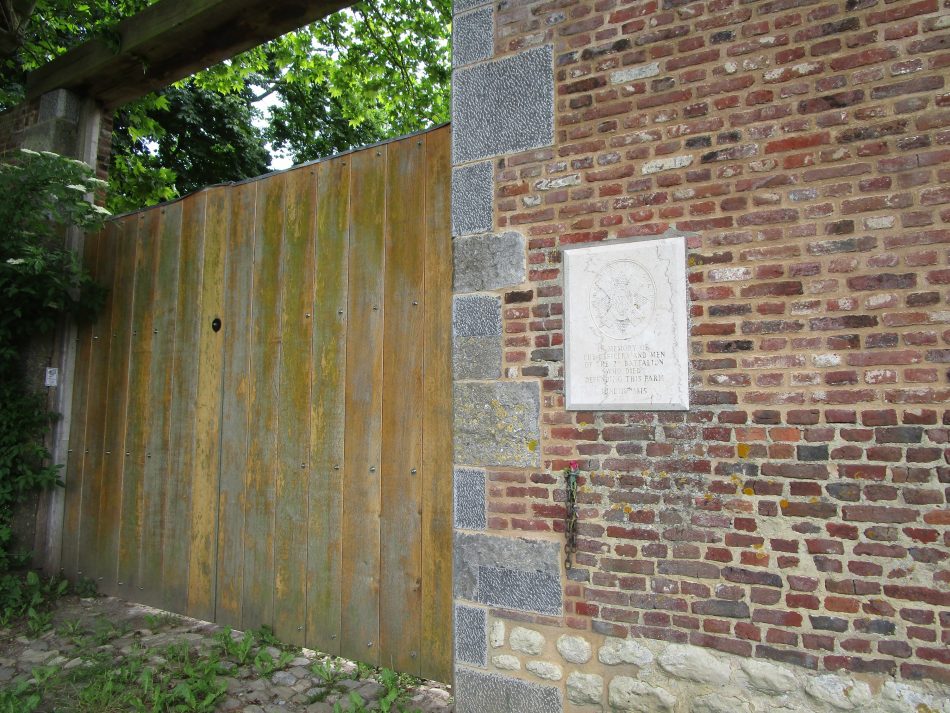
The same gate from as seen from the inside.
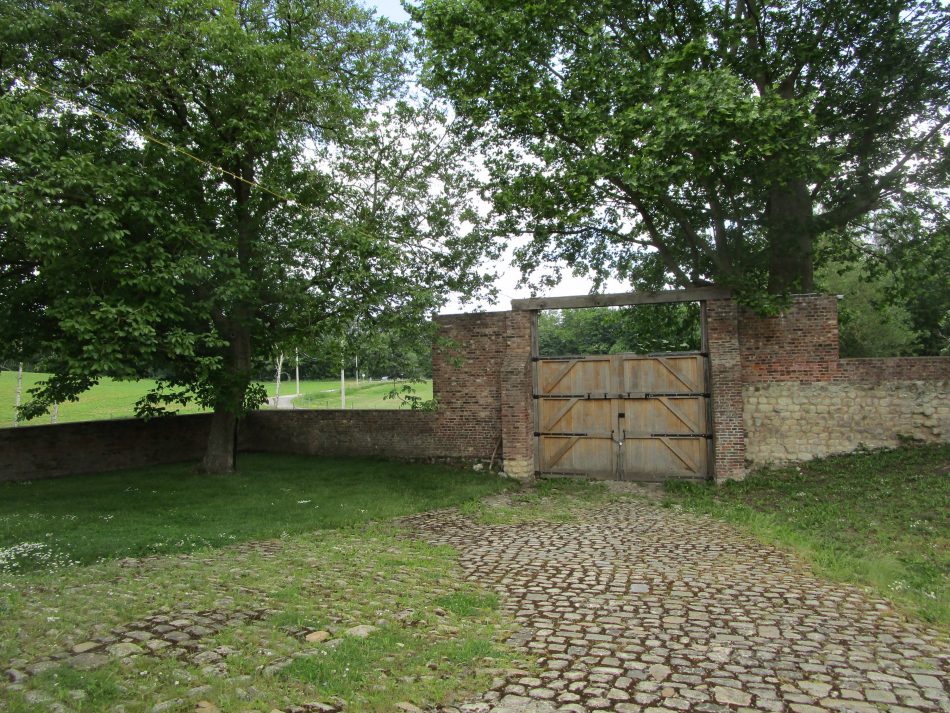
And back in the day.
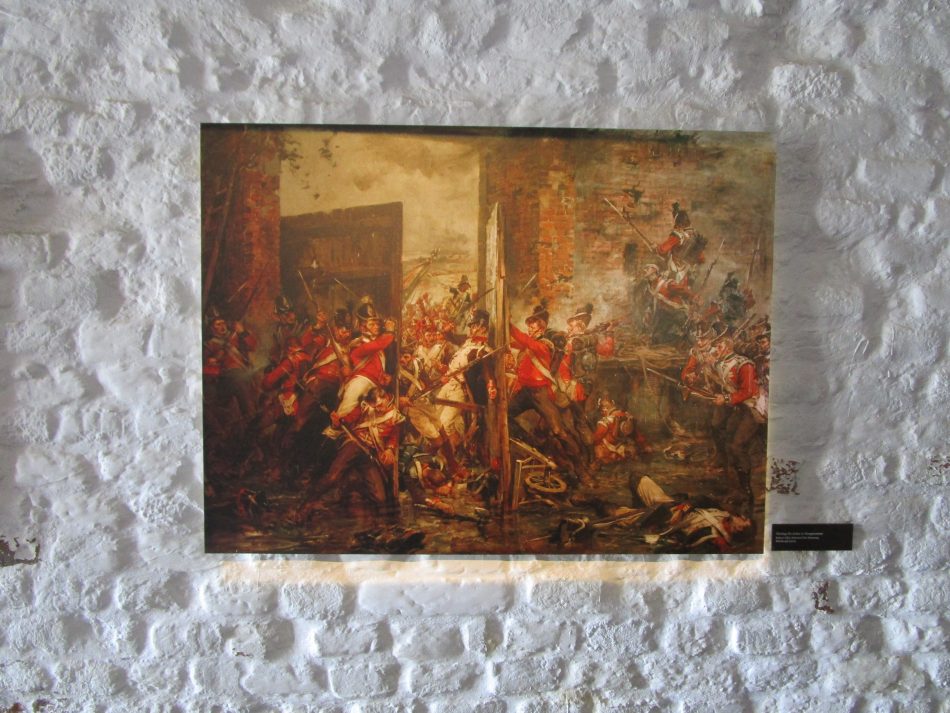
A model of the original farm. A combination of poor lighting and glass made it hard to take a good photo. Not all of the original buildings have survived.
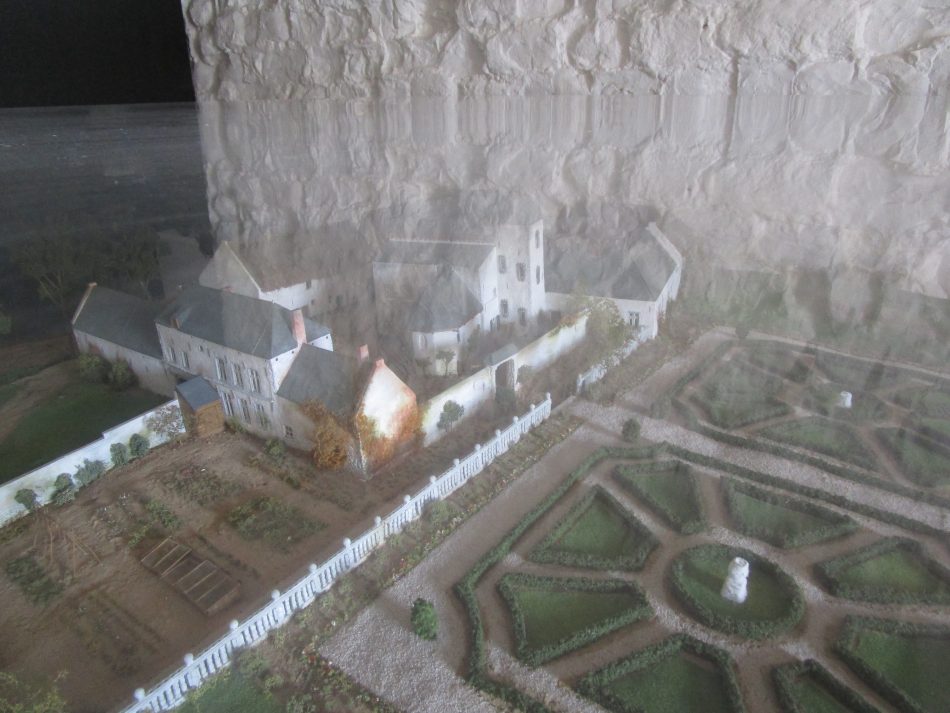
The courtyard. It’s a long walk to the farm, but they sell bottled water at a reasonable price.
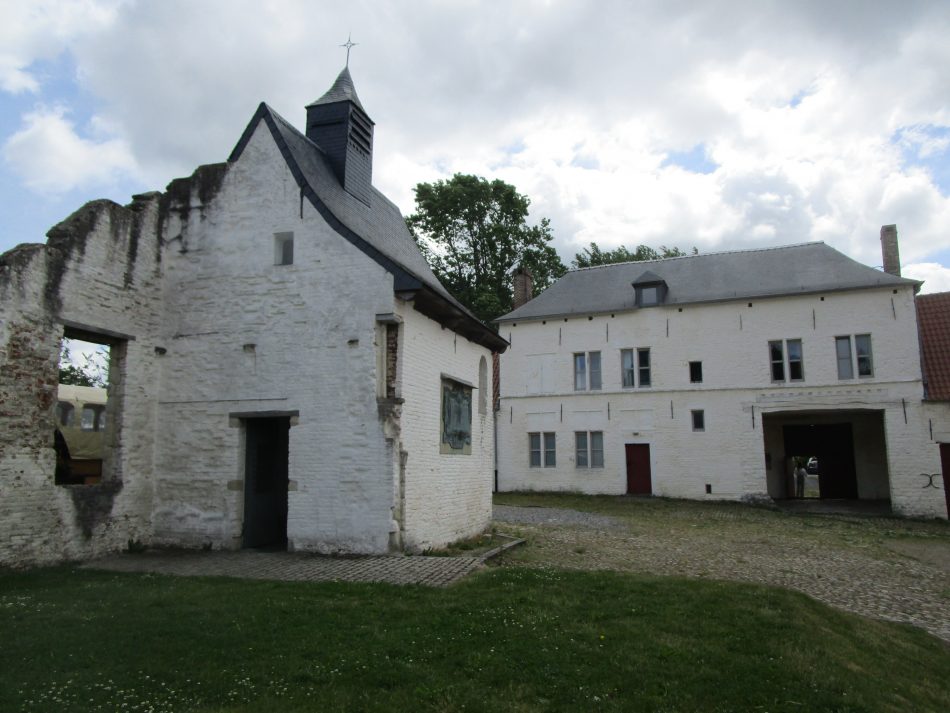
The front gate. You can see how easy it was to make the farm defensible.
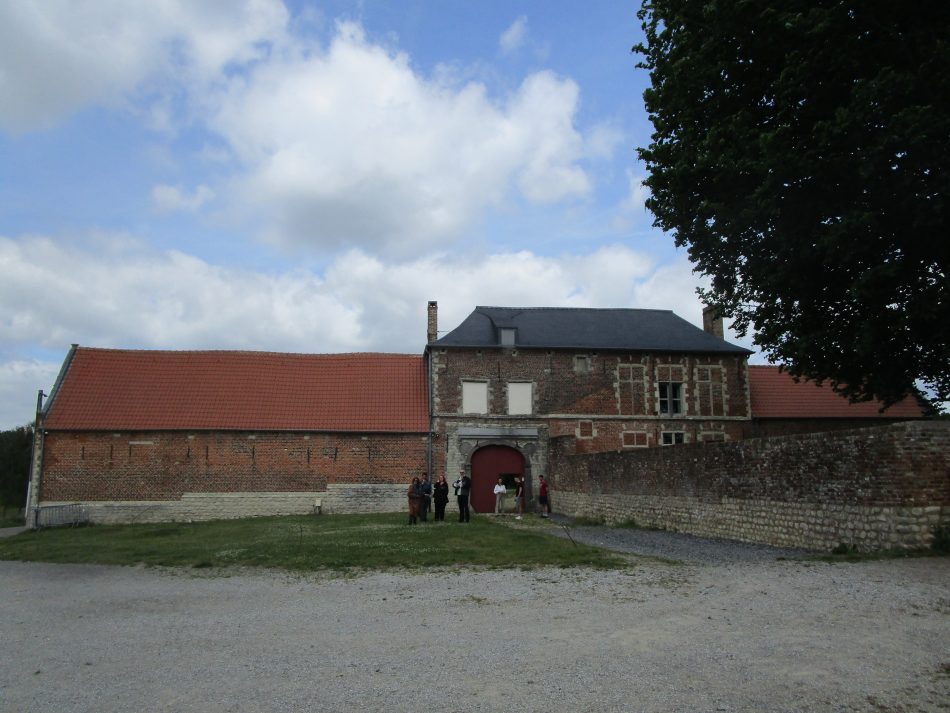
The remains of the chapel. They are making an effort to preserve the farm and possibly restore it to its original state.

Although I couldn’t capture it here, they had a high-tech show inside the board. They used multiple screens, lights, and moving figures to tell the story of the defence of the farm. I thought it was very well done.
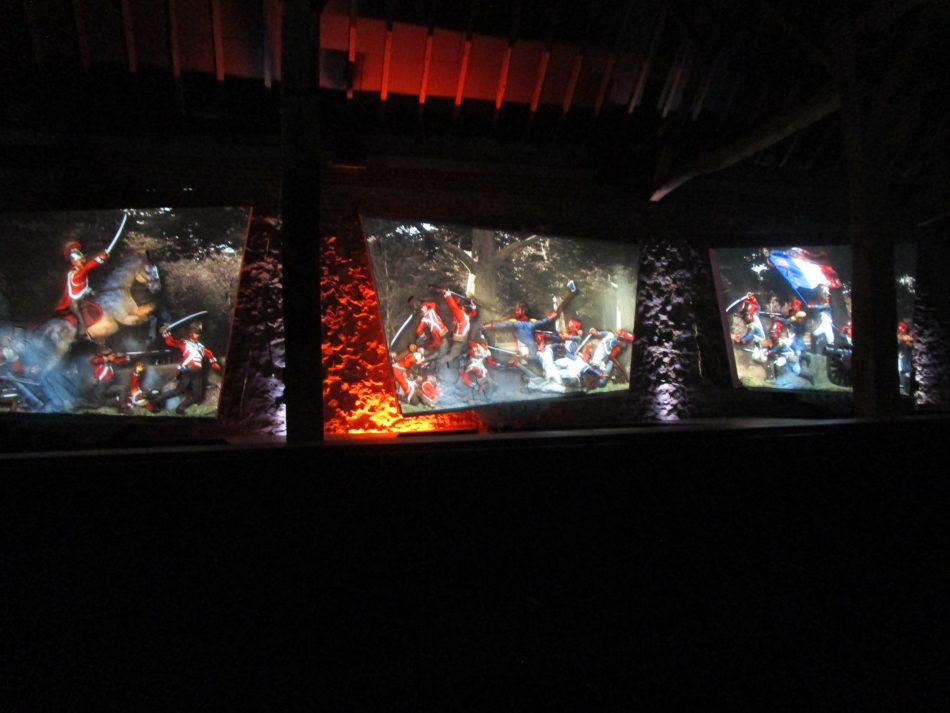
The have a horse-drawn wagon to transport people between the centre of the battlefield and Hougoumont. I walked to the farm, but happily took the wagon back.
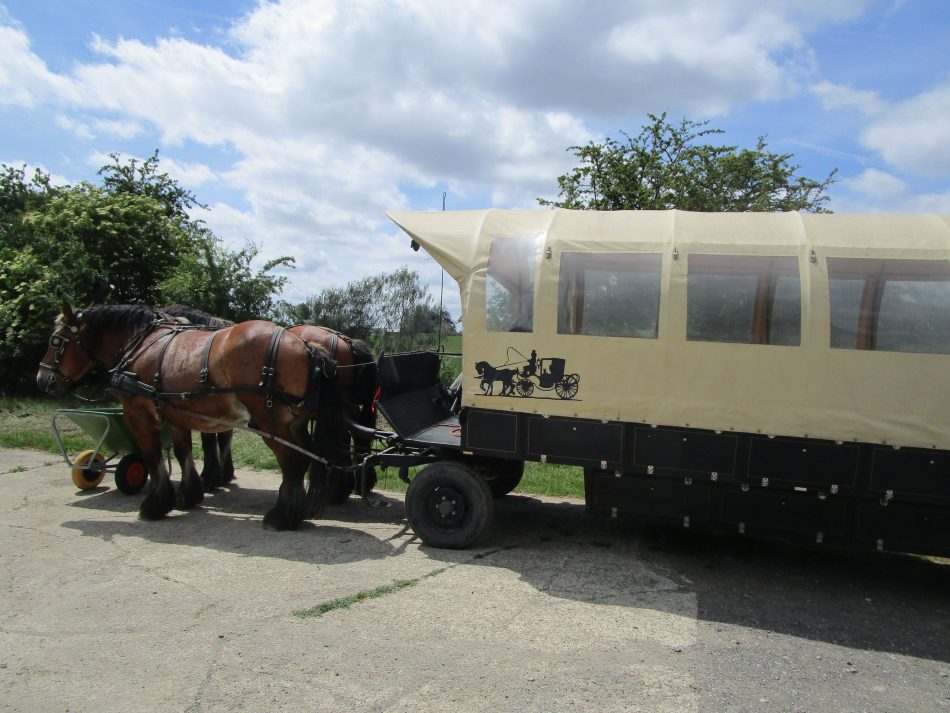
There are two restaurants on-site. This is where my wife spent most of the day as she can only take so much military history. I checked out the massive souvenir shop, but it was about 95% dedicated to the French and about 90% of the French items were of Napoleon himself. Apparently, no one told the locals that Wellington won the battle. I picked up some souvenir coins and a brass replica of the Lion’s Mound lion. I was hoping for more British items, but they just didn’t have much of anything that wasn’t French.
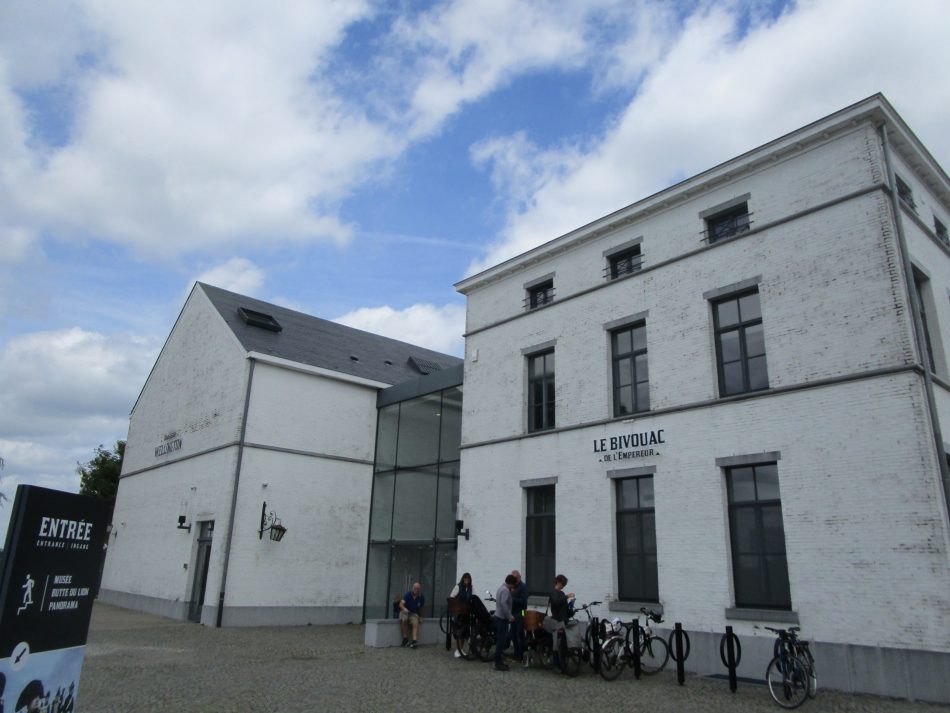
The Central Train Station in Brussels.
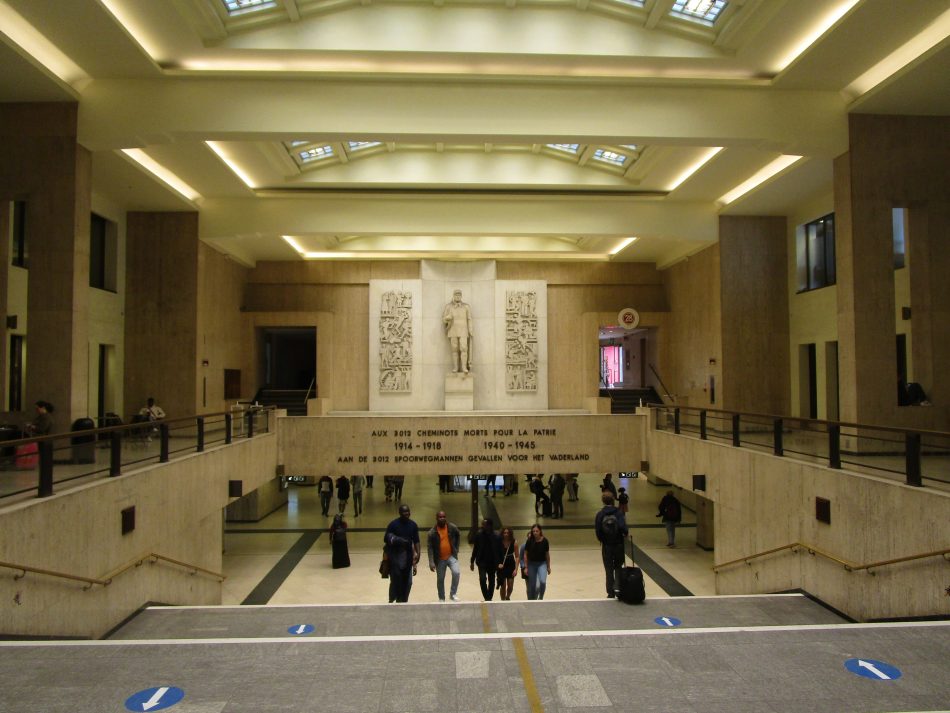
I think it goes without saying that this is a must-see place. You will also be amazed at how small the battlefield is in real life. There were up to 200,000 soldiers at the battle. Wellington had an army of 68,000 to hold the ground. Today’s modern armies would probably just assign a Battle Group (battalion with supporting tanks etc of up to 1200 troops) to hold the same amount of terrain. I doubt they would use the three strong points of La Haye Sainte, Hougoumont or Papelotte.
Instead, I would imagine making use of the reverse slope for the infantry and digging them well in with their anti-armour weapons able to cover the killing zone to their front. Tanks and mobile anti-tank weapons like TOW would also be behind the ridge using it as cover from where they would pop up, shoot and re-position themselves. I think it would be neat to fight a Team Yankee battle using the Waterloo battlefield.

Well done. The Mickie Dee’s wasn’t there in 1991 for my last visit, and we took the bus from Gare Central.
Reverse slope defense doesn’t work in Team Yankee…if you can see the enemy team to shoot, the enemy team can see you. If you move (blitz) to the crest to fire, you give up the foxholes. Then your opponent lays a smokescreen, or salvo template, as appropriate.
Ubique….Battle Honour or Motto??……..I believe the latter 🙂
Nevertheless, as usual a good article. Cheers
Luggs
I think we are both right. According to the official Department of National Defence website, The motto “UBIQUE” was granted as an honorary distinction to ‘take the place of all past and future battle honours and distinctions gained in the field’. Reference being NDHQ 1065-1 (DMTH 3), 11 Aug 94.
Nice reading, great photos!
Mange tak.